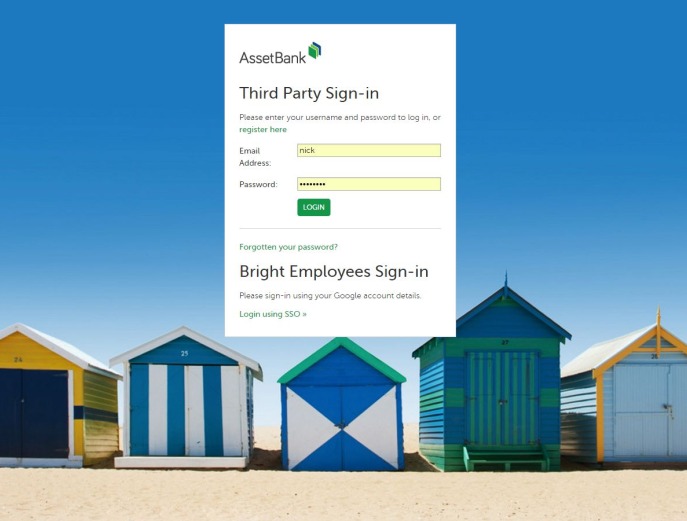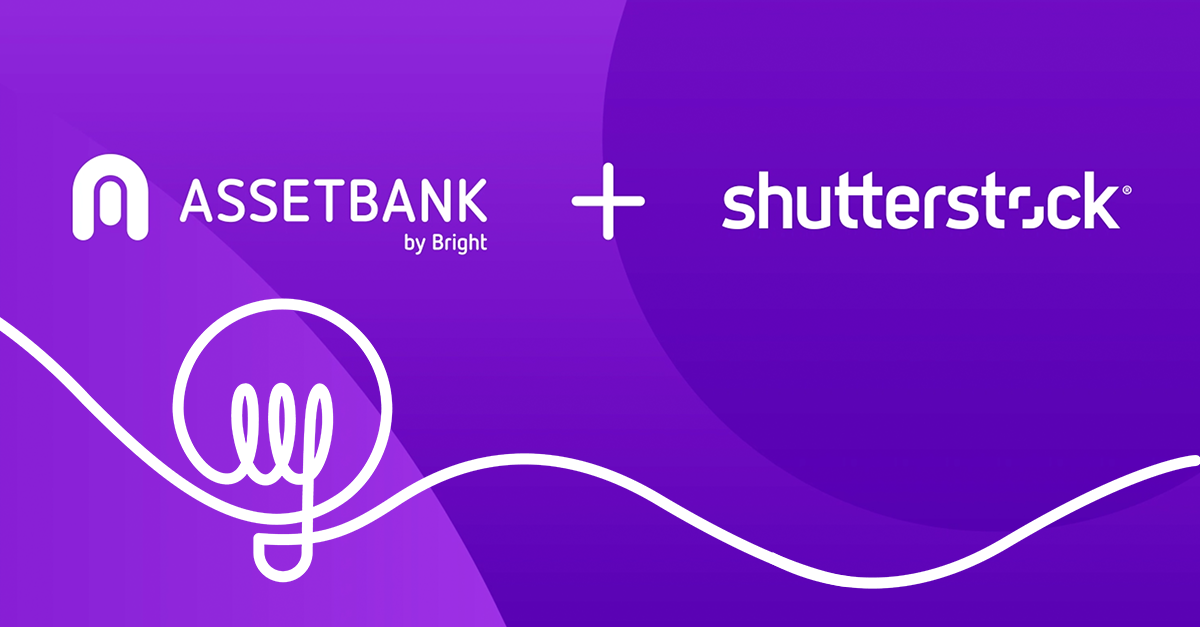We’ve noticed an increasing need for our clients to integrate their Digital Asset Management software with other systems. In this blog we outline some of the different integration options available with Asset Bank.
If you prefer to watch a video or flip through a presentation please head straight to the bottom of this page. You’ll find both a recording and slides from a presentation on integration given by our Director, Martin at our 2014 Get-Together.
Single Sign-on
This is quite a simple bit of integration but hugely beneficial to the user experience.In most organisations staff have one login to access their network, intranet and so on. This ‘Single Sign-on’ can be extended to your Asset Bank so staff can login quickly without needing to create another login and password which they might forget. Asset Bank supports the creation of Single Sign-on for systems including:
- LDAP (Novell, Active Directory)
- Integrated Windows Authentication
- OpenID
- SAML
- Google Accounts
- Sage Passport
- EncryptedURL Plugin
On a Windows server, you can combine the first two methods, LDAP and Integrated Windows Authentication, to remove the need for any login, giving the user instant access.
The Single Sign-on example below 'Bright Employees Sign-in' is for our own organisation using our Google account logins.

CMS Integration
This is one of the most common integration request from clients, the ability to integrate their DAM system with their CMS. Nearly all our clients use their Asset Bank to store images. When creating a new web page or a blog on their company website they will probably browse their Asset Bank to find a suitable image. With our CMS integration module, users can access and browse their Asset Bank within their CMS, find an image and then upload it straight onto the page. Asset Bank also allows you to save even more time by making image presets for common sizes, such as a hero image on a your website or social media backgrounds. CMS integration is possible for most CMS types by making a small customisation.
API
Following on from the previous point, in the unlikely event your organisation uses a CMS which cannot be integrated with Asset Bank, we can probably achieve the same functionality using our API. We use a RESTful API which is available with our Enterprise editions of Asset Bank. REST is a well established architecture that allows for a minimum amount of data to be passed from one computer programme to another. REST can be used whenever HTTP is being used and it works in a similar way to how a browser accesses a website, a programme accesses a url which provides data about the resource. Our API allows other applications to pull data out of Asset Bank (as with the CMS integration example above) or conversely receive data into our Asset Bank. For example, our client Guinness World Records uses the API to transfer files on world record attempts from their website into their Asset Bank.
Publishing
This is typically an automated process whereby a defined search criteria can identify the correct assets in Asset Bank and then publish them via ftp (or by simple copy or SCP) to another location. They can be copied across like for like as they exist in Asset Bank or be reformatted or resized as required by the location where they will be published. For example one of our retail clients uses this system to publish three different product images to two websites. For each site they require different size images for their search results page, general product page and detailed image page. The benefit of this publishing approach is the correct product images are maintained and updated in one place in Asset Bank. Instead of having to replace six different images (across the two websites) they only need to update one image.
Receiving data from other systems
The best example of how Asset Bank can receive data from other systems is our Data Lookup plugin. It saves time by auto populating your meta data fields in Asset Bank by retrieving and inputting the data required from your existing system. For a book publisher for example this can be achieved using ISDN numbers, you type in the ISDN number, click the Lookup button and it can auto populate most if not all of the meta data fields like ‘author’, ‘publisher’ etc from data you have in your existing system for that ISDN number. This can be achieved using simple text files or APIs. This process can also be automated so that when data is changed in your existing system it updates the record in Asset Bank too.
Hopefully you now have an idea of some of the integration possibilities with Asset Bank. Asset Bank is highly configurable so if you have another integration requirement not mentioned here please get in touch to see what we can do.
Below is a video and a presentation with further examples on how to integrate Asset Bank's Digital Asset Management software with a variety of different systems.



